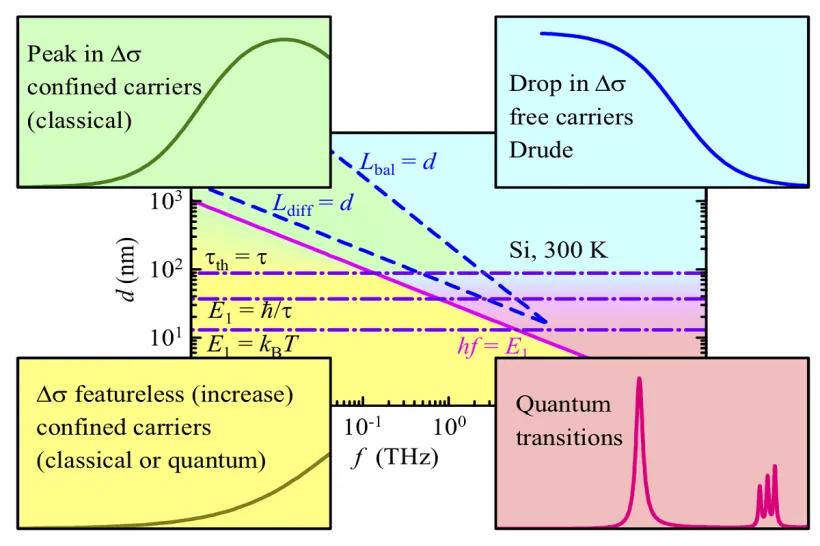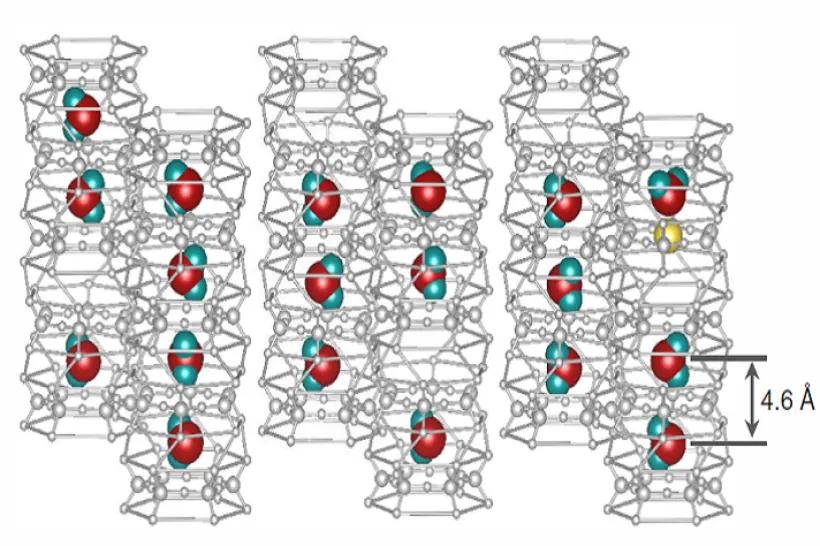Anomalous Hall conductivity (AHC) generally shows three broad regimes in dependence on the longitudinal conductivity. In bad metal regime AHC decreases with decreasing conductivity. For better conducting systems AHC becomes independent on the longitudinal conductivity, so called intrinsic regime, and obtained experimental values are in good agreement with theoretical results for ideal Bloch systems. In the last high conductivity regime experimentally obtained AHC again increases linearly with rising conductivity. However, with decreasing skew scattering the limiting case of the ideal Bloch system is approaching and AHC should be the same as in the intrinsic regime. To solve this problem is the main aim of the further research.
In very high conductivity regimes interference of waves is not limited to small areas. It can be thus expected that surface states can be important. To understand their effect the already developed simple two-dimensional network model is considered [P. Streda and J. Kucera: Orbital momentum and topological phase transformation, PRB 92, 235152 (2015)]. It satisfies the necessary condition for Hall effects to emerge, the time-reversal symmetry breaking. Energy spectra and corresponding eigenfunctions for a strip show appearance of edge states not only in the energy gap regions but also within the energy region of bulk bands. The problem which has to be solved is to develop method for establish anomalous Hall conductance in the dependence on boundary conditions.


